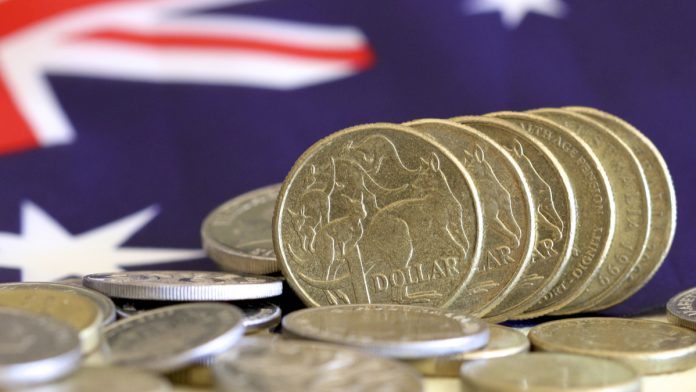- Australian economy shrinks by more than expected
- RBA keeps rates on hold and expands Term Funding Facility
- US Dollar (USD) remains strong despite the jobs market showing a slower recovery than hoped for
- US factory orders up next, strong increase +6% expected
The Australian Dollar US Dollar (AUD/USD) exchange rate is trending lower for a second day. The pair settled -0.05% at US$0.7173 on Tuesday. At 12:45 UTC, AUD/USD trades -0.5% at US$0.7330. This is at the lower end of the daily traded range.
Demand for the Australian Dollar fell sharply after data revealed that the Australian economy shrank -7% quarter on quarter in the April – June period. This was the deepest contraction recorded since records began in 1959. It is also the first recession in Australia for 30 years.
Whilst Australia was praised for its handling of the first wave of coronavirus, the country is still trying to get to grips with a second wave. Melbourne, the second largest city is under lockdown which will delay the economic recovery for Australia.
The Reserve Bank of Australia announced that it will keep interest rates on hold. However, it expanded its Term Funding Facility to keep cheap loans available to businesses and households.
The US Dollar is still trading on the front foot as the number of private sector hires grew by +428,00 in August. This was significantly higher than the 168,000 new private sector jobs in July. However, it was also massively short of the 950,000 that analysts had forecast.
The data revealed that the recovery in the US labour market was slower than what analysts were anticipating. However, job creation was heavily skewed towards the service sector, which is an encouraging sign, given that this is where the vast majority of job losses were seen.
Looking ahead investors will now focus on US factory orders. Analysts are expecting factory orders to increase 6% month on month in August after a 6.2% jump in July. The data will come after the ISM manufacturing PMI showed that the sector was expanding at a faster rate than initially forecast boosting optimism surrounding the US economic recovery.





